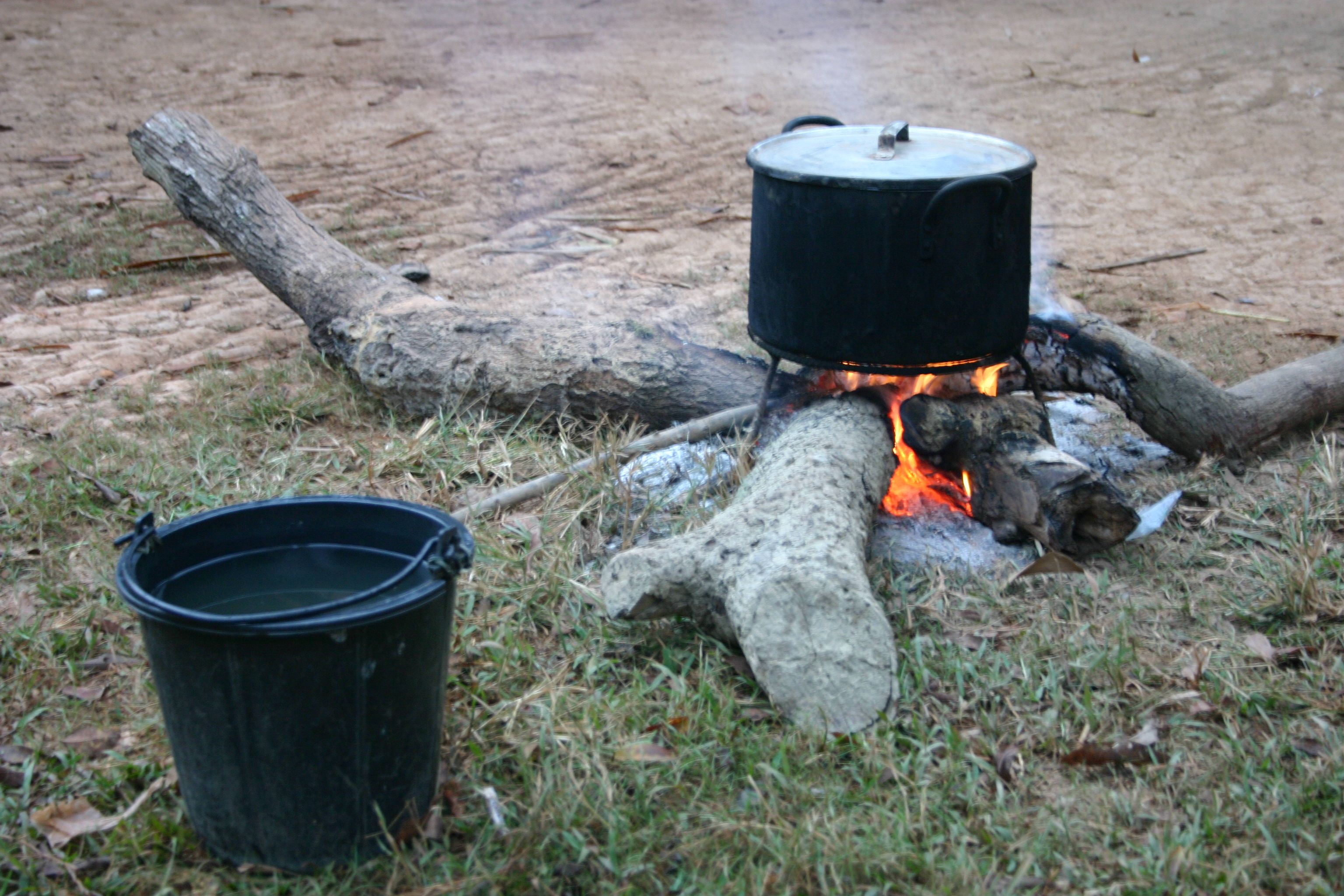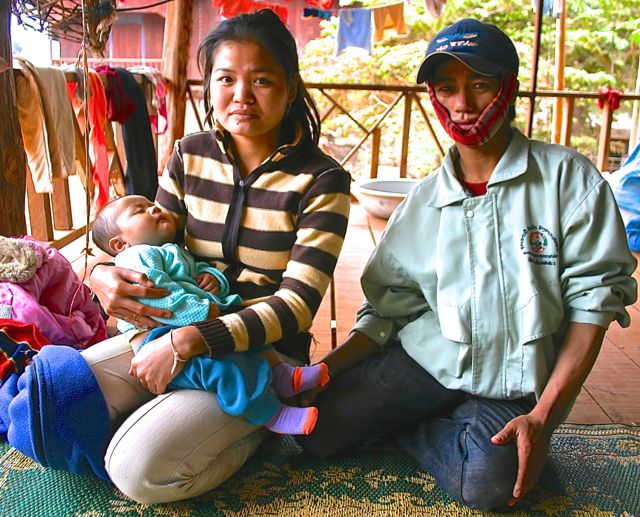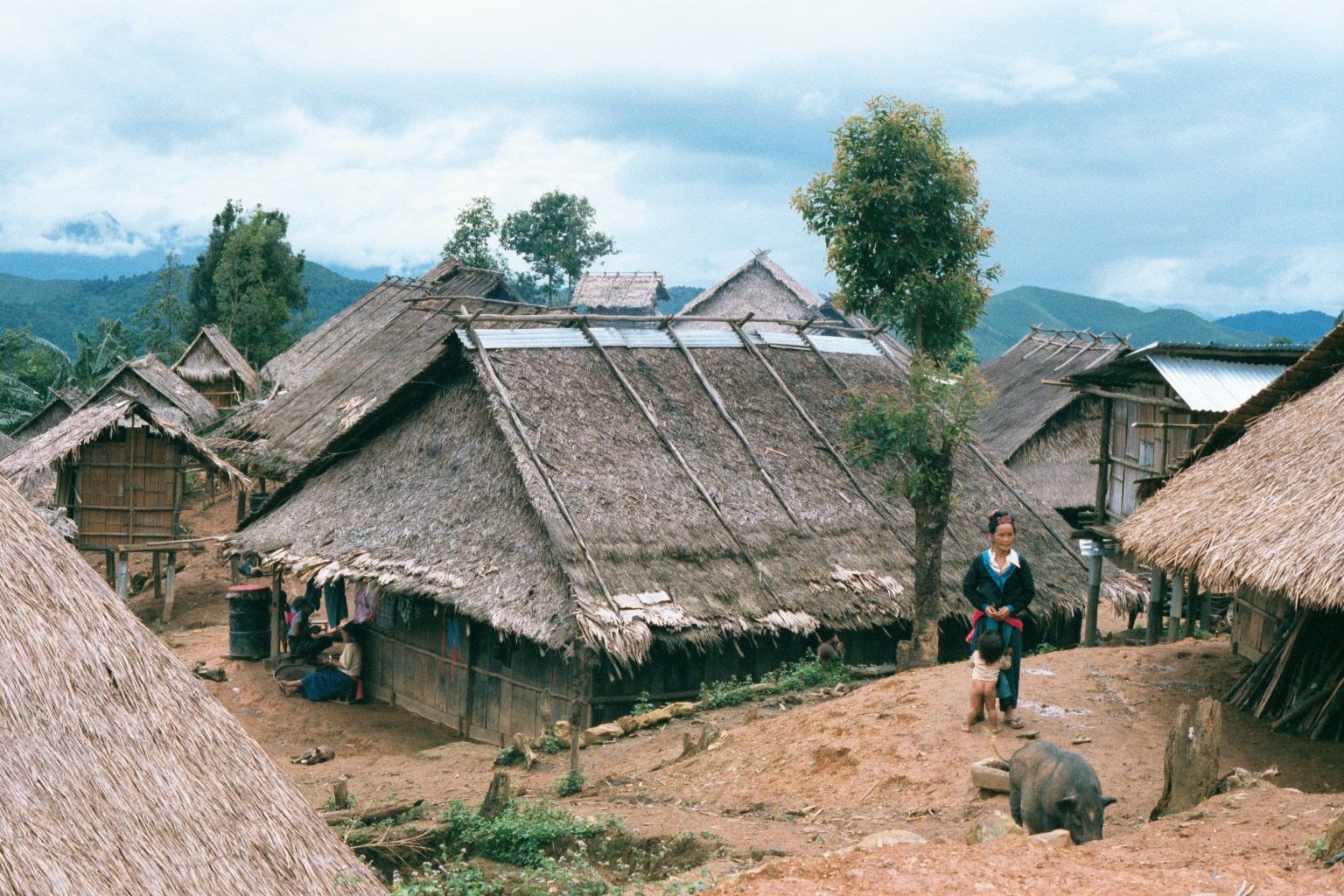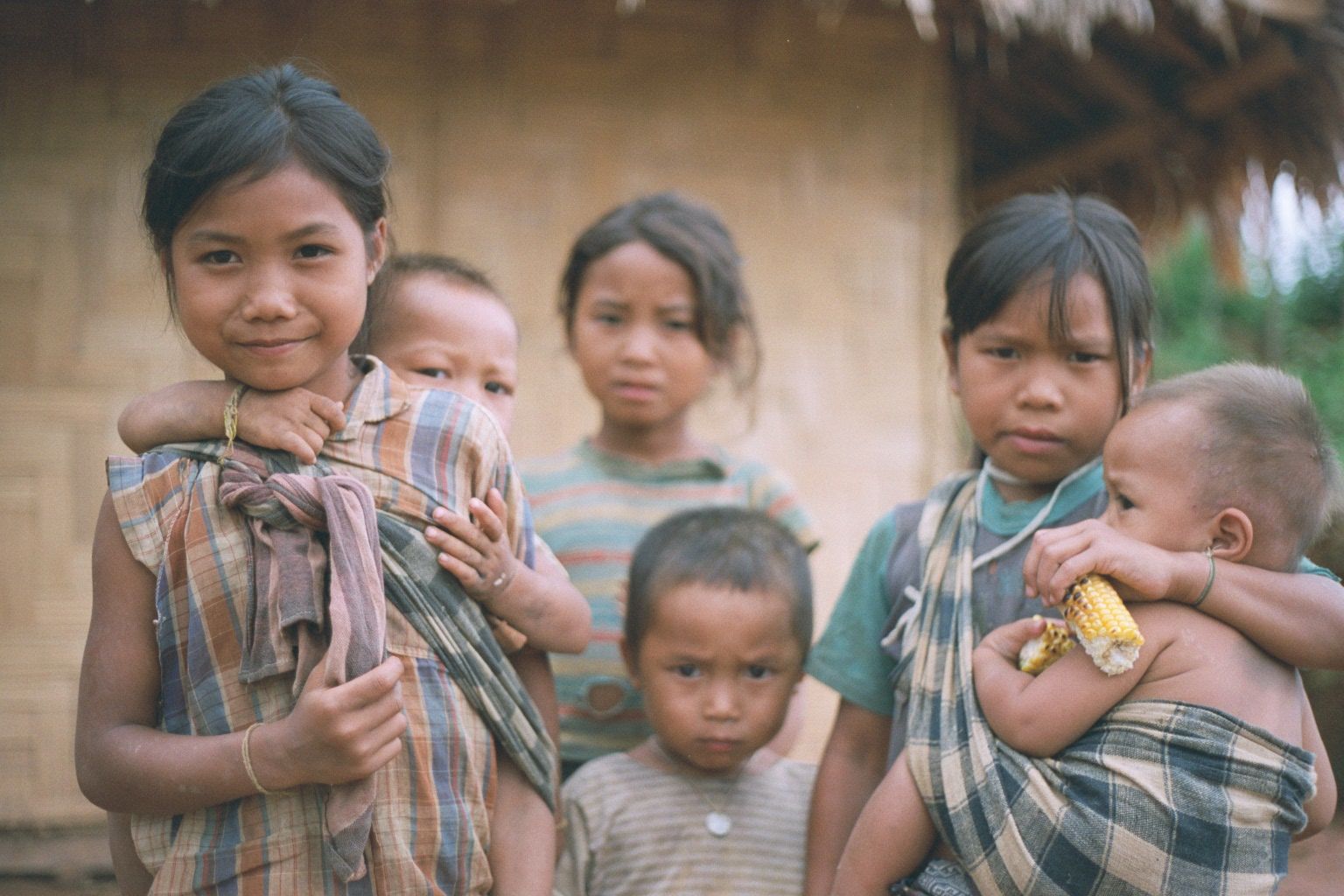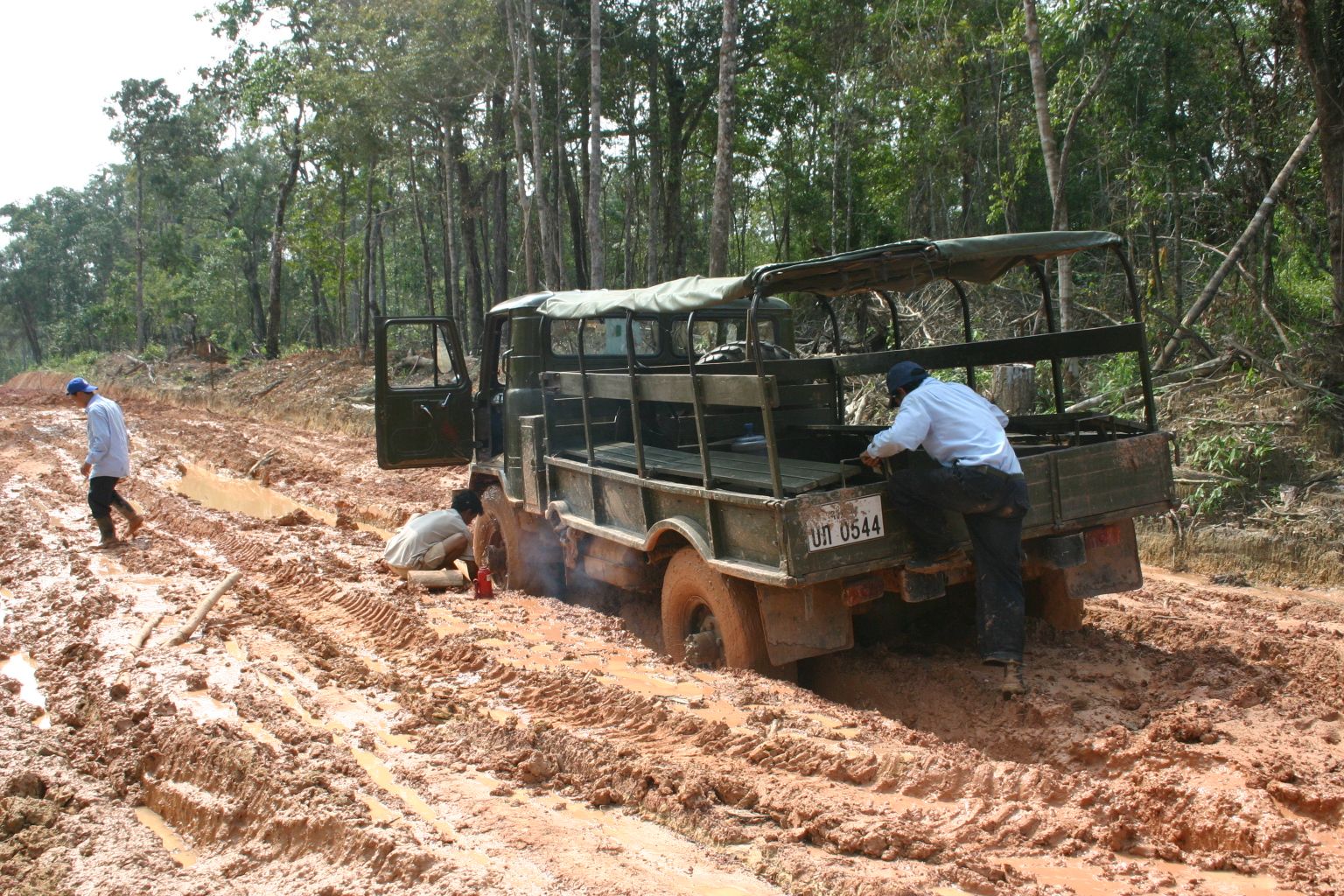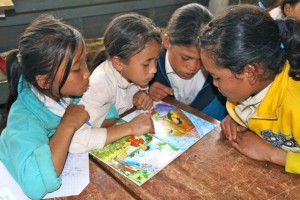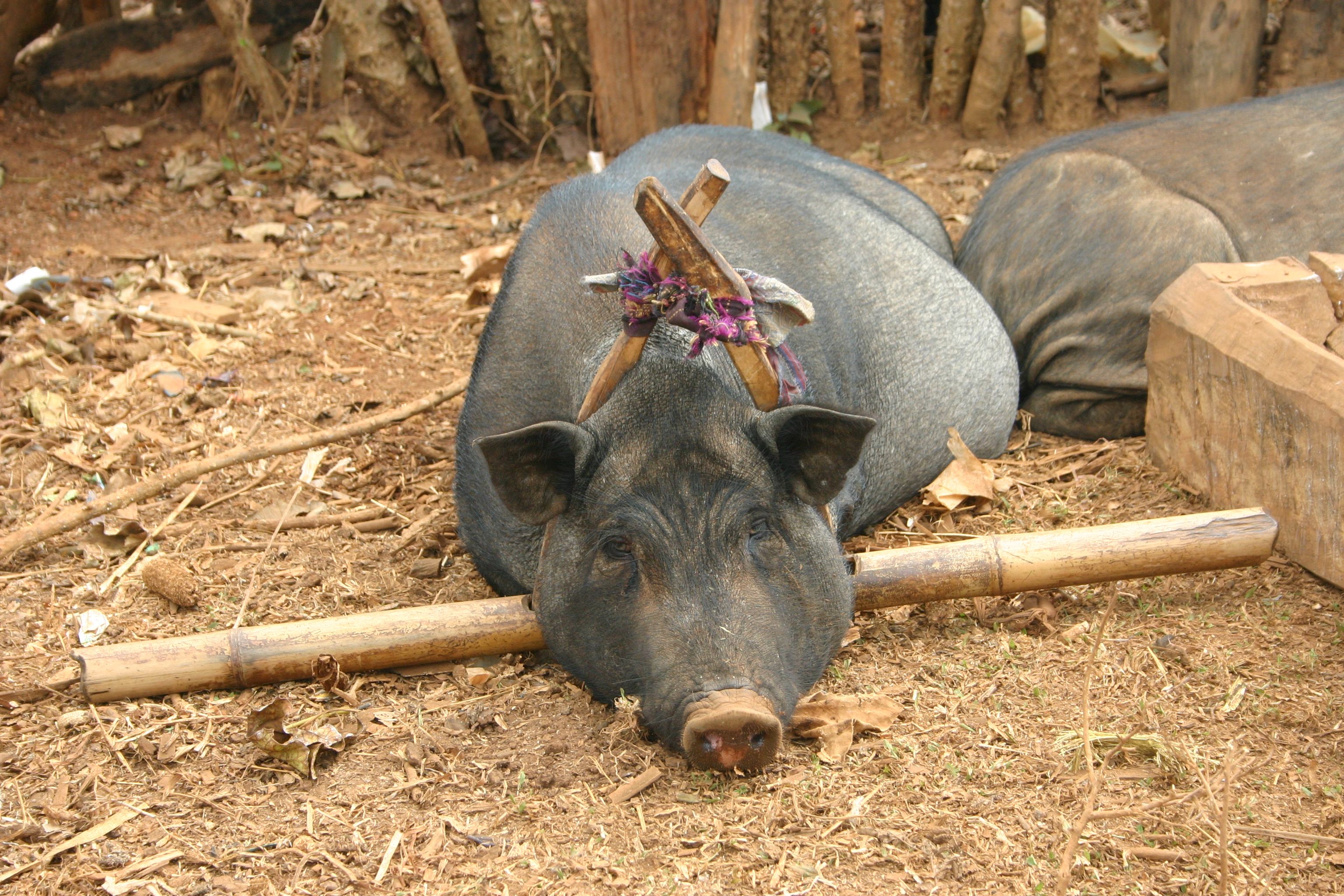
Last year when we set up camp in Sekong, we boldly attempted to keep the village pigs in their place which, from our point of view, was any place of their choosing except our camp. We underestimated how persistent pigs can be. They were constantly around, rarely close enough to catch a boot in...
Read more »

